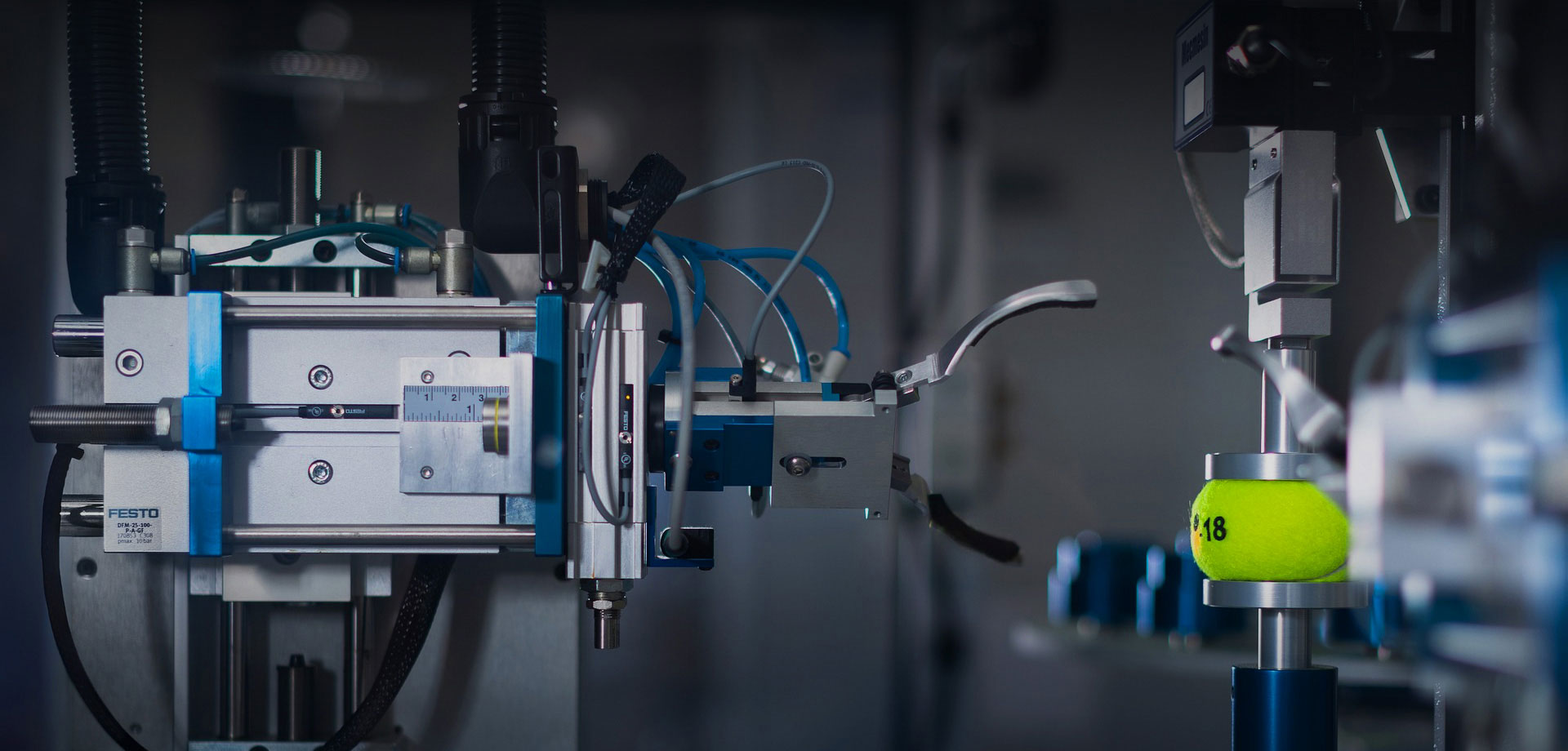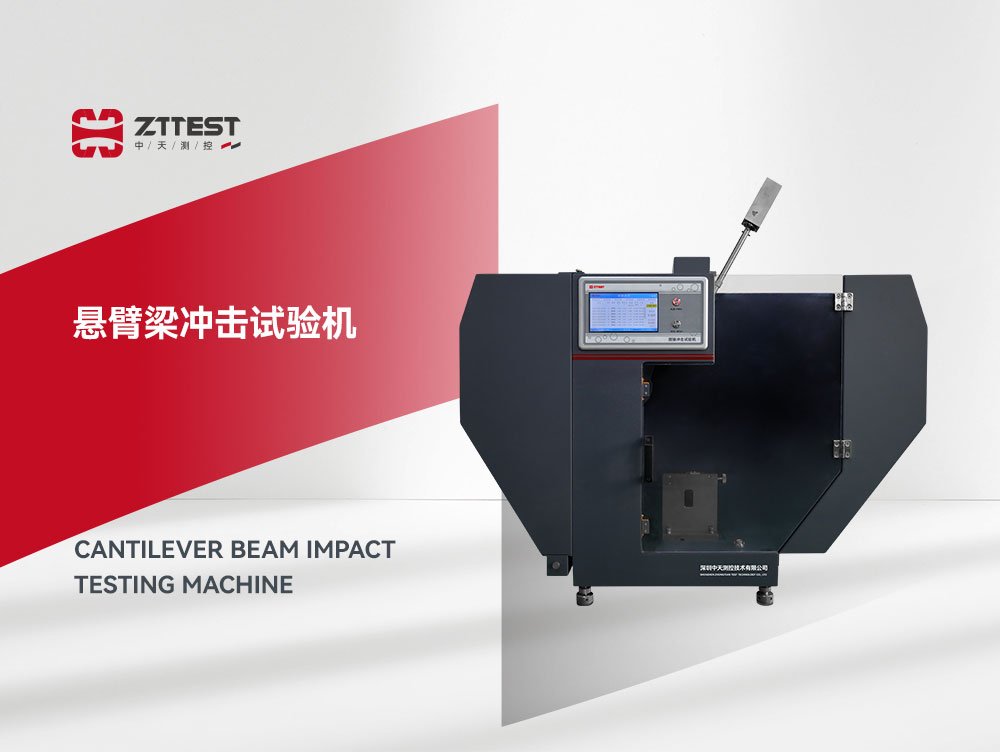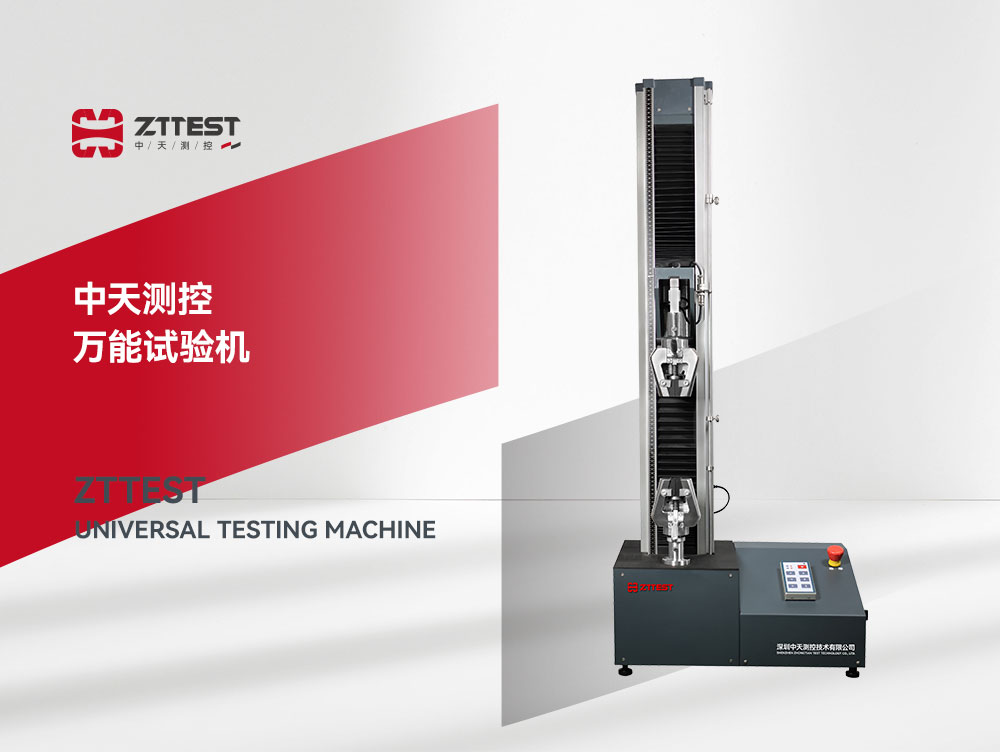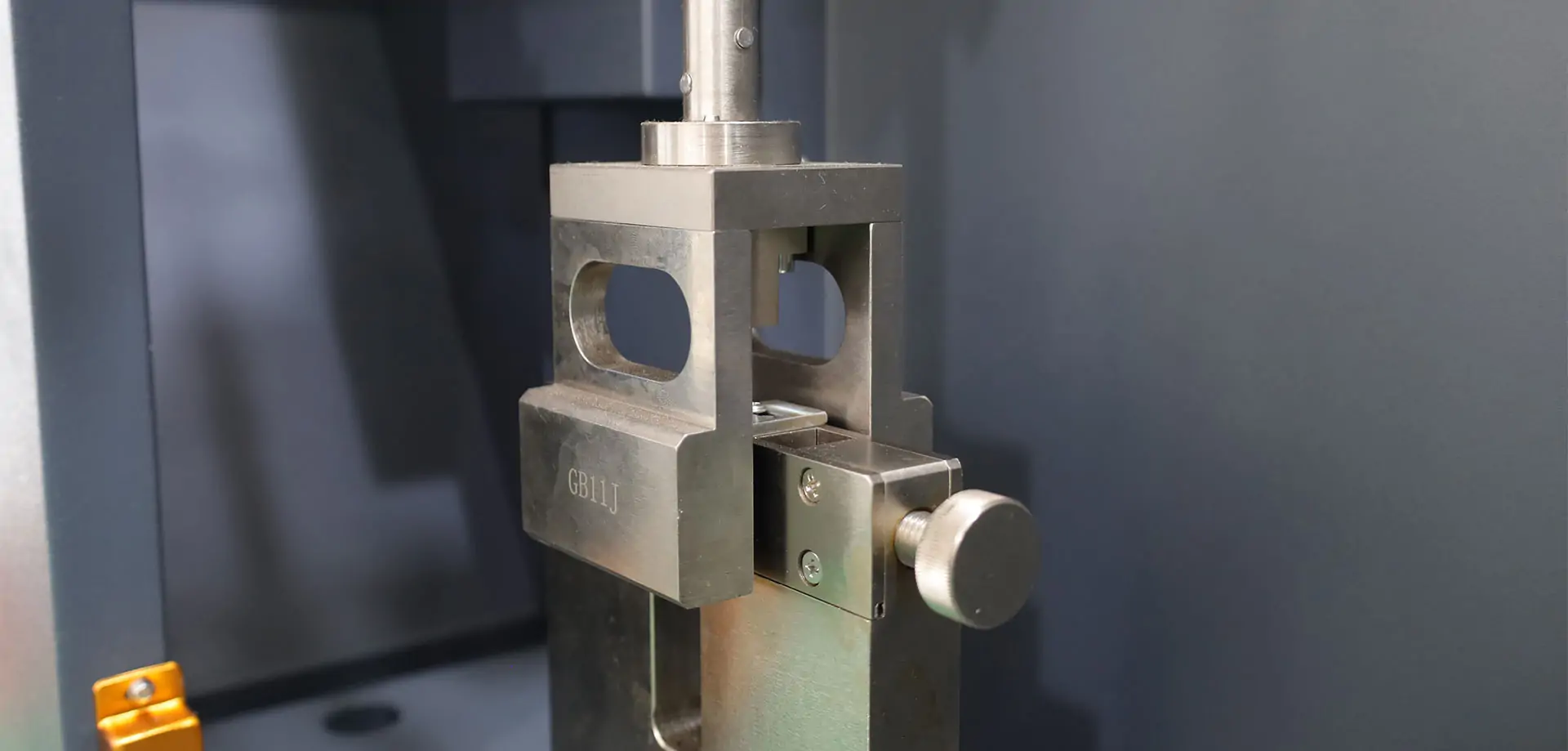The Melt Flow Indexer (MFI) is used to measure the melt flowability of plastics at specific temperatures and pressures, and is a commonly used test tool in the plastics industry, scientific research institutes and quality inspection departments. Its main function is to evaluate the processability, melt flow and other characteristics of plastics by determining the mass of melt passing through a standard orifice per unit time. The following are the steps and precautions for the use of melt flow rate tester.
I. Steps for use
1. Equipment preparation and inspection
Check the equipment: Before use, check the components of the Melt Flow Rate Tester to ensure that the heating system, pressure system, temperature control system, etc. can work properly.
Set up the equipment: according to the test requirements, set up the equipment heating temperature, pressure and flow measurement time.
Cleaning equipment: Make sure the heating cylinder, orifice and other parts are clean and free of pollution to avoid contaminating the test sample and affecting the test results.
2. Sample preparation
Plastic Sample Preparation: Prepare the plastic pellets or flakes to be tested, usually the plastic sample needs to be cut into small particles (the size of the particles should be uniform to ensure consistent test results).
Sample quality: Weigh a certain mass of sample according to the standard, usually 10g or 5g (depending on the test requirements). The quality of the sample is very important to the test results and should be as consistent as possible.
3. Loading the sample
Place the prepared sample into the heated cylinder and ensure that the sample is evenly distributed and that no aggregates or voids are formed.
Close the lid of the heated cylinder to ensure a good seal.
4. Setting Test Parameters
Temperature setting: Set the appropriate test temperature according to the type of plastic. Common test temperatures are 180°C, 200°C, etc., but the specific temperature should be referred to the melting point of the plastic and standard requirements.
Test pressure: set the appropriate test pressure to ensure that the plastic is sufficiently compressed during the test and the melt can flow out evenly.
5. Start-up test
Start the equipment, the heating system starts to heat the plastic sample to the set temperature and keep it at a stable temperature.
After the sample reaches the set temperature, the test begins and the device automatically applies a defined pressure to pass the molten plastic through a standard orifice.
The mass of melt passing through the orifice is recorded for a specified period of time (typically 10 minutes) and the melt flow rate (MFR) is calculated from the flow rate.
6. Recording and analyzing data
Data Recording: Upon completion of the test, the equipment automatically records the MFR and other data generated during the test.
Data Analysis: The test results are analyzed to assess the fluidity of the sample; larger MFR values indicate a more fluid plastic melt, which is usually more processable; smaller MFR values indicate a more viscous, stronger plastic, which is suitable for use in products that require higher strength.
7. Cleaning and Maintenance
Clean the equipment promptly after testing, especially the heating cartridges, orifices and other parts that come into contact with the sample. Cleaning is essential to ensure the accuracy and prolong the service life of the equipment.
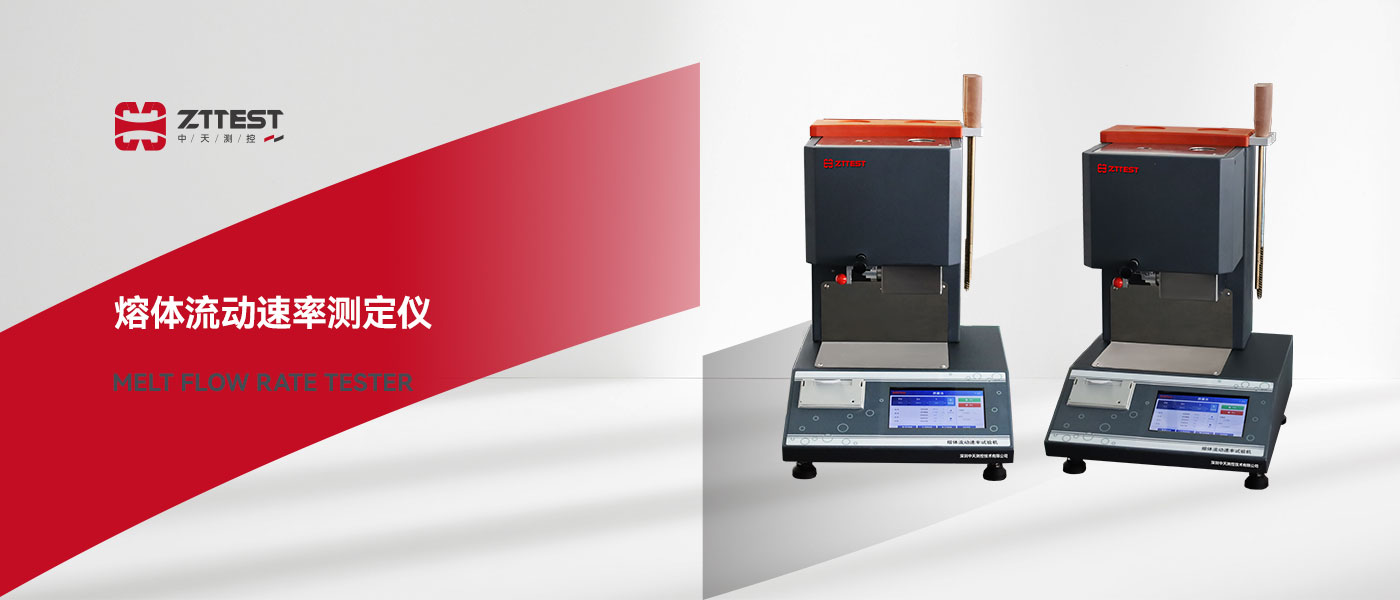
II. Common Problems and Solutions
Unstable temperature
Reason: Failure of heating system or unstable temperature control system.
Solution: Check the working status of the temperature control system and the heating tube to ensure that the heating system of the equipment is working properly.
Sample does not flow
Reason: The sample is too viscous or the mass is too large to be fully melted.
Solution: Check the melting point of the sample, make sure the temperature is set appropriately, and use a sample with smaller particles.
Measurement error
Cause: Clogged test orifice or equipment not calibrated.
Solution: Ensure the orifice is clean and the equipment is calibrated regularly to ensure accuracy.
III. Precautions
Temperature Control
It is very important to keep the temperature stable during the test. Temperature fluctuations will affect the accuracy of the test results, so make sure the temperature control system of the equipment is reliable.
Sample Consistency
Use the same brand and model of plastic pellets for testing to ensure sample consistency and avoid testing errors due to different sample quality.
Equipment Maintenance
Regularly check and maintain the equipment, especially clean the heating cylinder and flow path to avoid plastic residues affecting the test results.
Safe Operation
When using the Melt Flow Rate Tester, make sure the operating environment is dry and ventilated, and wear the necessary protective equipment, such as gloves and goggles, to prevent the high temperature generated during the heating process from causing injury to personnel.
Fourth, the summary
Melt flow rate tester is commonly used in the plastics industry testing equipment, widely used in plastic raw materials testing, quality control and R & D process. Through the correct use of the melt flow rate tester, it can help manufacturers and researchers to analyze the processing performance and fluidity of plastics, and then optimize the production process and improve product quality. Reasonable temperature settings, precise operation and regular maintenance are the key to ensure the accuracy of the test and the long service life of the equipment.





